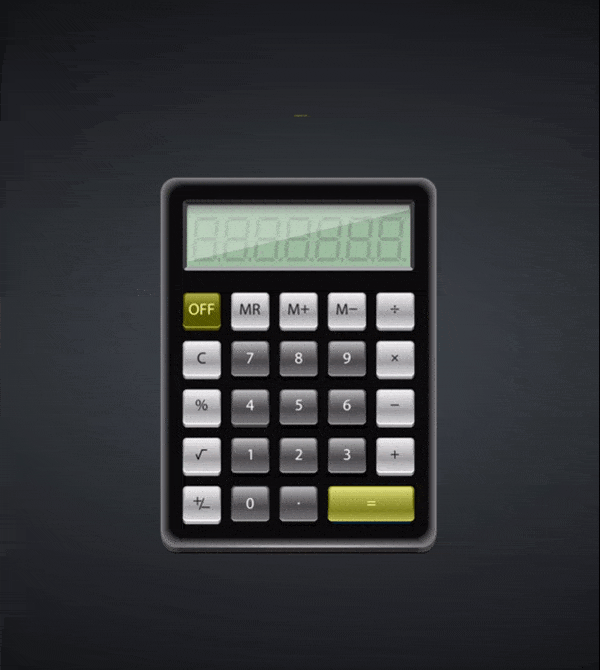How do Medical Aid Co-payments Work?

Medical bills have a knack for arriving at the worst possible time. Even if you’ve got medical aid, you might still end up paying extra thanks to those lovely little surprises called co-payments.
So, what exactly are co-payments, why do they exist, and what can you do to avoid paying more than you need to? Let’s break it down.
What is a medical aid co-payment?
A co-payment is the part of your medical bill you have to pay yourself, either from your medical savings (with some providers) or your own pocket, because your medical aid doesn’t cover the full amount. When you see the word “co-” you might think of things like co-hosting or co-pilots. Words that suggest teamwork. Sadly, co-payments aren’t quite so friendly.
A co-payment can also be required if the procedure you opted for carries an upfront co-payment or if you utilise a provider not contracted to your medical aid— a non-network provider or non-designated service provider (DSP).
Why Co-payments Happen
Medical aid plans don’t always cover 100% of your healthcare costs, and co-payments are one way they share those costs with members. Here’s why you might be stuck paying a portion of the bill:
- Your provider charges more than your medical aid’s rate
Every medical aid plan pays out according to a set tariff or rate. But many doctors, especially specialists, charge well above this rate. For example, your plan might cover R5,000 for a procedure, but your provider charges R12,000. That difference? It’s coming out of your pocket. - You used a non-network doctor or hospital
Medical aids have partnerships with selected hospitals and healthcare providers called Designated Service Providers (DSPs). These providers charge within the plan’s limits. If you visit someone outside that network, your medical aid might only pay part of the bill. - You had a procedure in a full hospital when a day clinic would’ve done
Medical plans are increasingly encouraging members to use day hospitals or clinics for non-complex procedures. These facilities offer the same level of care at a significantly lower cost. If you opt for a full hospital stay for something that could’ve been done at a day clinic, a co-payment may apply. - Your plan has standard co-payments for certain procedures
Some plans include fixed co-payments for procedures like MRIs, scopes, or elective surgeries. These apply even when you're in-network and have pre-authorised. It’s a way for medical aids to control costs and is listed in your benefit brochure.
In-hospital vs. day clinic
As we’ve mentioned, where you have a procedure can make a big difference to what you pay.
The importance of obtaining services in the appropriate setting cannot be stressed enough. Day procedures do not require you to remain in the hospital setting. As a result, the cost of the treatment and co-payment is limited to that specific day.
In other words, if you can have the procedure done at a day clinic rather than a full hospital, you could save between 15% and 30%, depending on your plan and the procedure.
Read more: Do You Really Need Medical Aid?
Can you check for co-payments before treatment?
Yes, and you should.
Before booking a procedure, ask your doctor for a quote. This will help you understand whether any co-payments or shortfalls are involved. Many plans have online tools or helplines that let you check what’s covered before you go in.
The role of medical savings accounts
If your medical aid includes a savings account, you might be able to use it for co-payments. That’s fine, but remember that savings accounts are usually meant for everyday medical expenses like GP visits and prescriptions. Using your savings to cover big co-payments could leave you short for the rest of the year.
Read more: What to Do if Your Medical Aid Savings Account is Already Empty

Is gap cover the solution?
Even if your medical aid covers you, you might still face a large shortfall — especially if your provider charges well above the plan rate. That’s where gap cover comes in.
Let’s say your surgeon charges R30,000, but your medical aid only pays R8,000. That leaves a gap of R22,000. With gap cover that pays 200% of the medical aid rate, you’d get an additional R16,000 covered — leaving you with just R6,000 to pay.
Gap cover is designed to protect against those kinds of in-hospital surprises. It’s especially useful for specialists and procedures where pricing often goes way above the medical aid rate. You can easily compare medical gap cover quotes in minutes with Hippo!
Read more: Your 101 Guide To Gap Cover
Quick tips for avoiding medical aid co-payments
- Stick to providers in your network.
- Always pre-authorise procedures when required.
- Know your plan’s benefits and exclusions.
- Choose day clinics over full hospitals when possible.
- Review your plan each year to ensure it still suits your needs.
Compare medical aid and gap cover the easy way
Co-payments are often unavoidable, but they don’t have to be a surprise. Know your plan, stick to its rules, and consider gap cover for added peace of mind.
Need help choosing the right cover? Use Hippo.co.za to compare medical aid quotes and gap cover quotes from top South African providers. It’s fast, free, and commitment-free.
This article is for informational purposes only and should not be construed as financial, legal or medical advice.
Hippo Blog Categories































